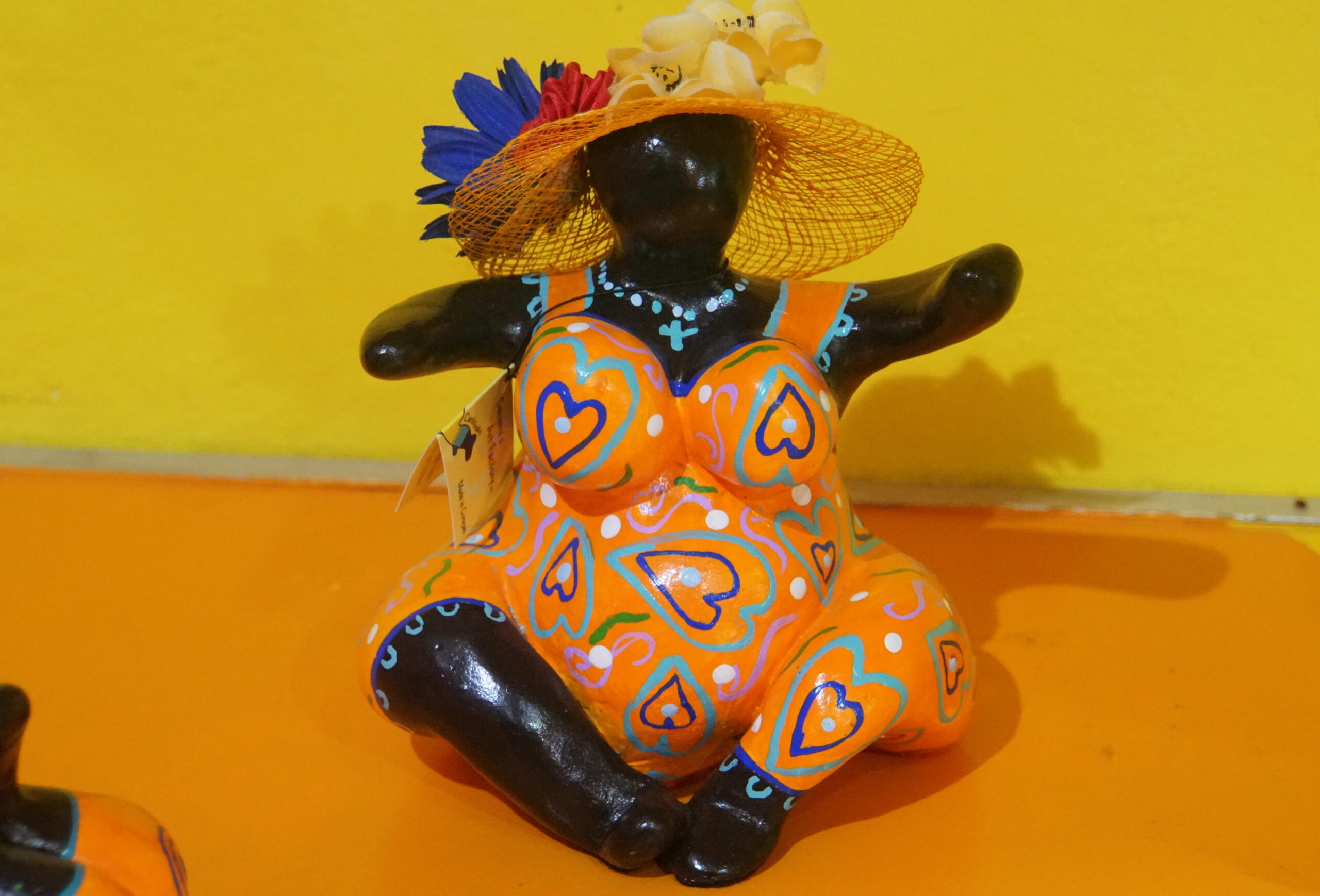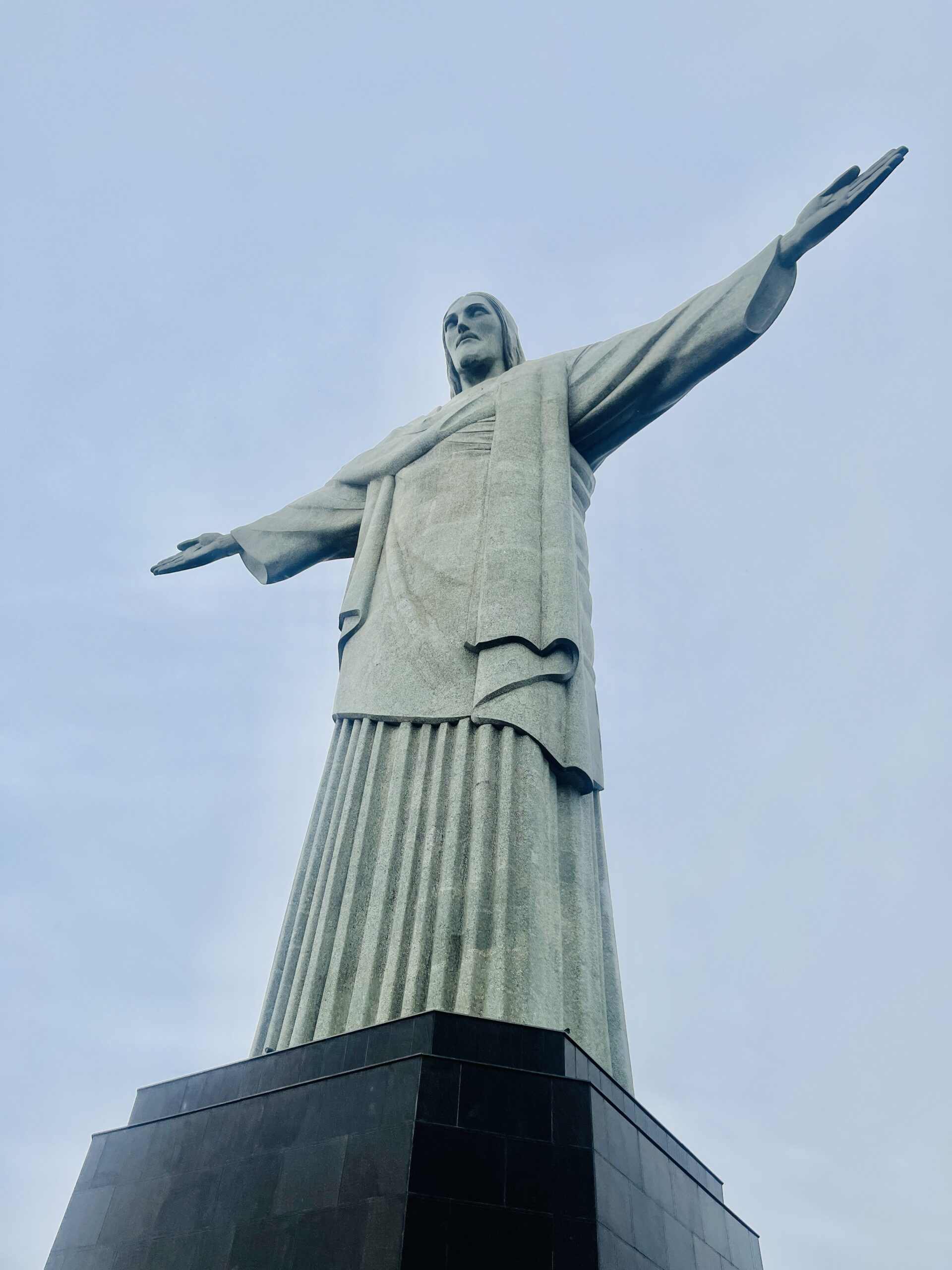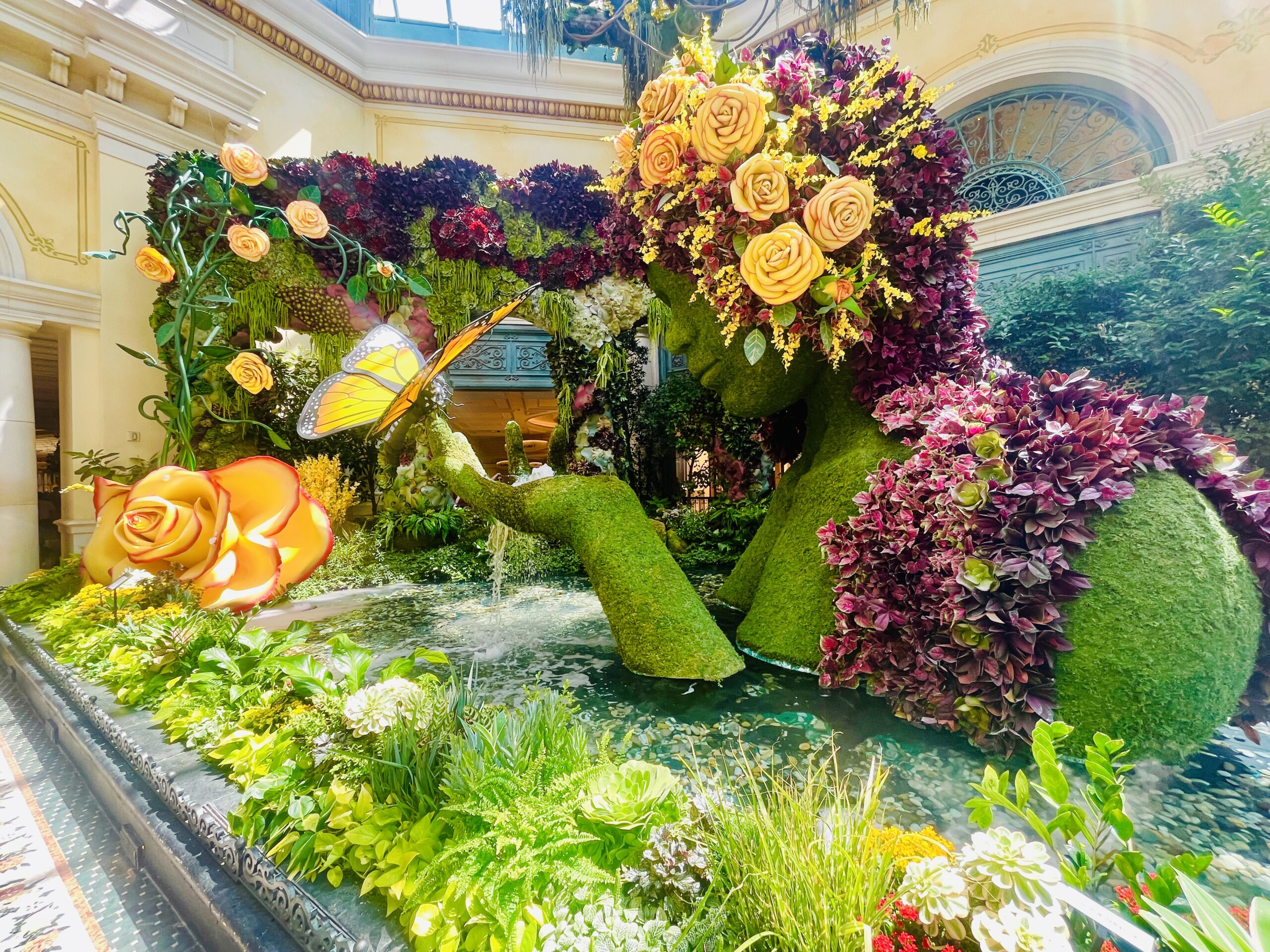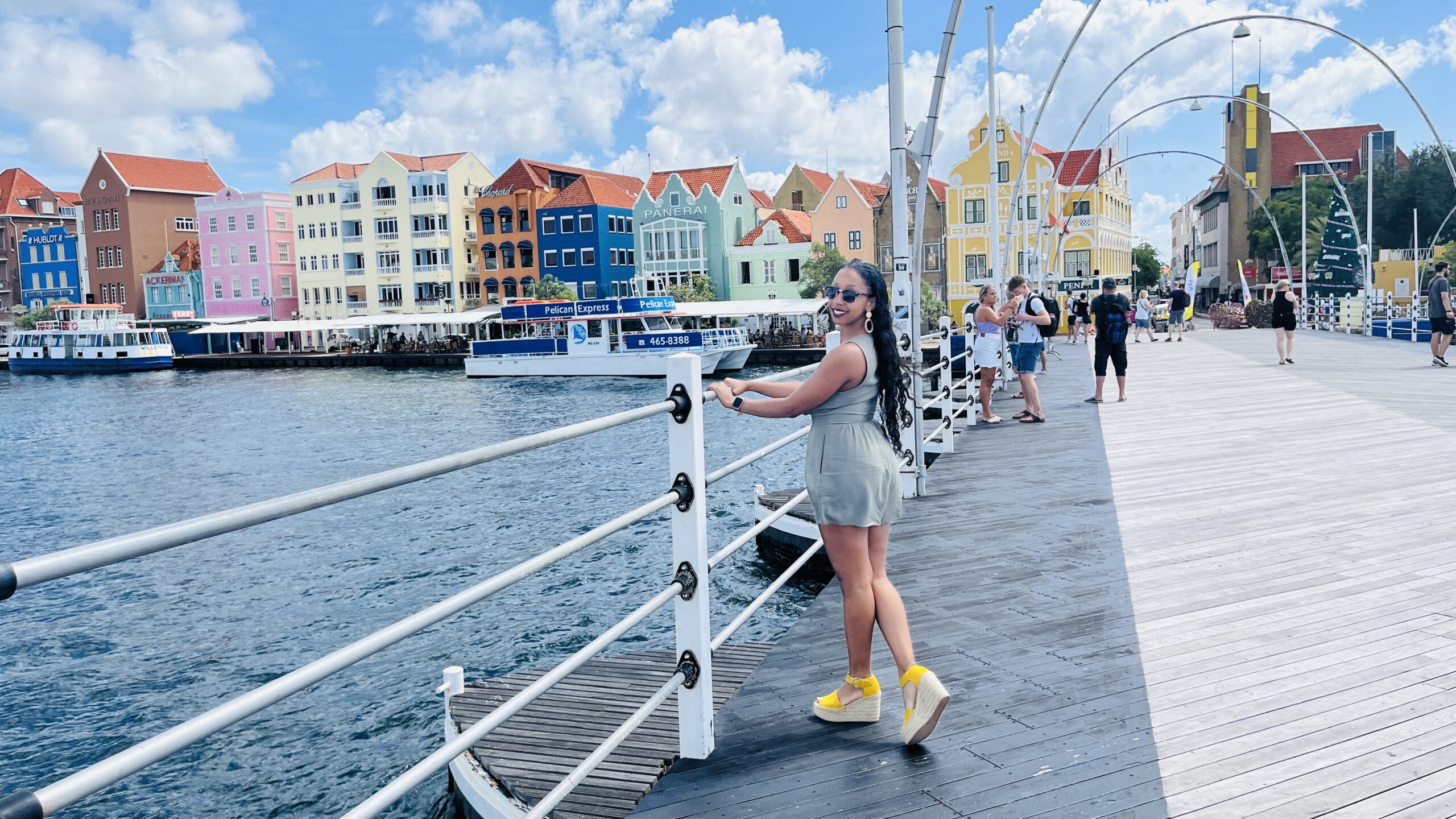ChiChi Doll: The Barbie of Curaçao
How Curaçao’s iconic ChiChi doll foster empowerment and employment for local women.
ChiChi Doll: The Barbie of Curaçao
Willemstad, Curaçao
Put your dollars to good use when you purchase one of Curaçao’s most beautiful and delicate souvenirs – the ChiChi doll. The Chichi doll is so much more than a colorful doll, it’s a symbol of cultural pride, women empowerment, and family love. Here’s how Curaçao’s iconic ChiChi doll foster empowerment and employment for local women.
Curacao Diaries >>

curacao’s chichi dolls
A beautiful souvenir with a cause.
The ChiChi doll is not just a work of art; it’s a catalyst for change. Since its inception, it’s become a beloved symbol of Curaçao, making it an exceptional gift for those seeking to share something unique and significant with a loved one or to carry a piece of Curaçaoan culture to their homes.
By providing local women in Curaçao with meaningful employment, these dolls are opening doors to new opportunities and fostering a sense of economic independence across the island.

The Story Behind The ChiChi Doll
In the heart of the Caribbean, Curaçao’s vibrant culture shines through its iconic ChiChi dolls. These handcrafted dolls aren’t just beautiful souvenirs—they represent the strength, resilience, and spirit of the island’s people.
The ChiChi doll was created in the mid-20th century by German artist Serena Janet Israel, who wanted to celebrate and preserve Curaçao’s rich cultural heritage. Inspired by her love for art and her desire to empower local women, Israel set out to create a doll that would reflect the island’s unique identity and the strength of its women.
With their distinct hourglass figures, colorful clothing, and expressive faces, ChiChi dolls quickly became a symbol of Curaçao’s beauty and diversity. The name “ChiChi,” meaning “old sister,” honors the wisdom and strength of women in the community. Every doll is a small piece of art, meticulously crafted to showcase the multicultural influences that make Curaçao so special.
Empowering economic growth
Recognizing the economic challenges faced by Curaçaoan women, particularly those in underserved communities, Israel envisioned a platform where their artistic talents could flourish. Soon after, the ChiChi doll workshops were established, providing employment opportunities and a space for women to express their creativity.
As the ChiChi doll gained popularity, it evolved into more than a collectible item; it became a symbol of pride for the people of Curaçao. Visitors from around the world, captivated by the dolls’ charm and the story they told, eagerly embraced them as souvenirs, taking a piece of Curaçaoan culture back to their homes.
Empowerment through art
The process of creating a ChiChi doll is a labor of love and skill. Local artisans, often women from diverse backgrounds, meticulously handcrafted each doll, infusing them with a distinct personality. From the choice of fabrics representing traditional Curaçaoan attire to the bright, lively colors that capture the island’s vibrant energy, every detail reflects the heart and soul of Curaçao.
The cultural significance of the ChiChi doll extends beyond its aesthetic appeal. It serves as a bridge between generations, fostering a sense of continuity and pride in Curaçao’s cultural heritage. The dolls often don traditional costumes, representing the various ethnic groups that have contributed to the island’s diversity, telling a story of unity through diversity.
In recent years, the ChiChi doll has taken on a new role as a symbol of empowerment for women—not just in Curaçao, but around the world. What started as an economic opportunity has grown into a platform where women express themselves through art. Today, the ChiChi doll stands as a bold representation of strength, resilience, and the unshakable spirit of Curaçaoan women.
It’s not just the dolls that are super colorful—Curaçao itself is a rainbow of colors! Discover The Strange Reason Why Curaçao is So Colorful.







One Comment